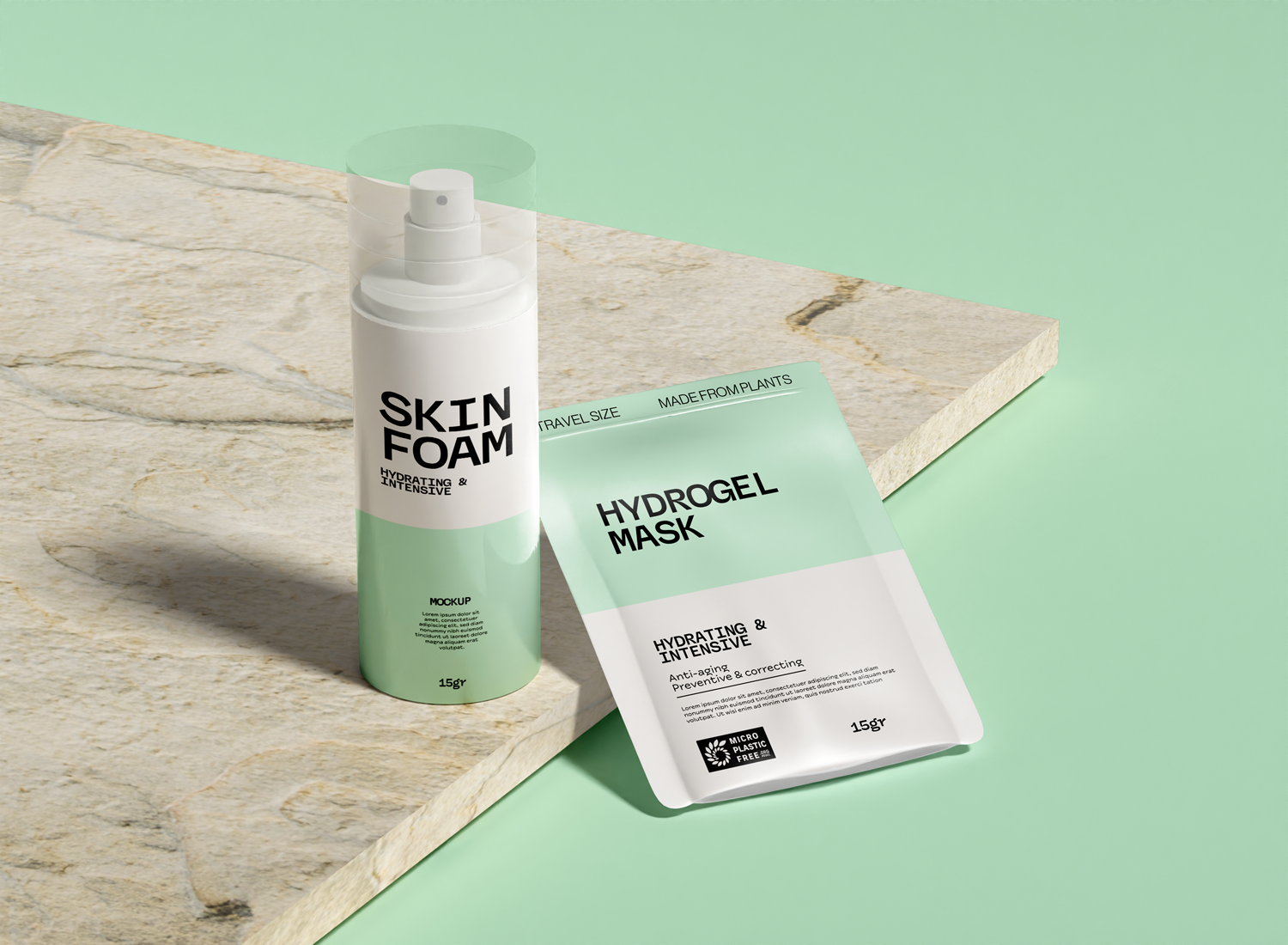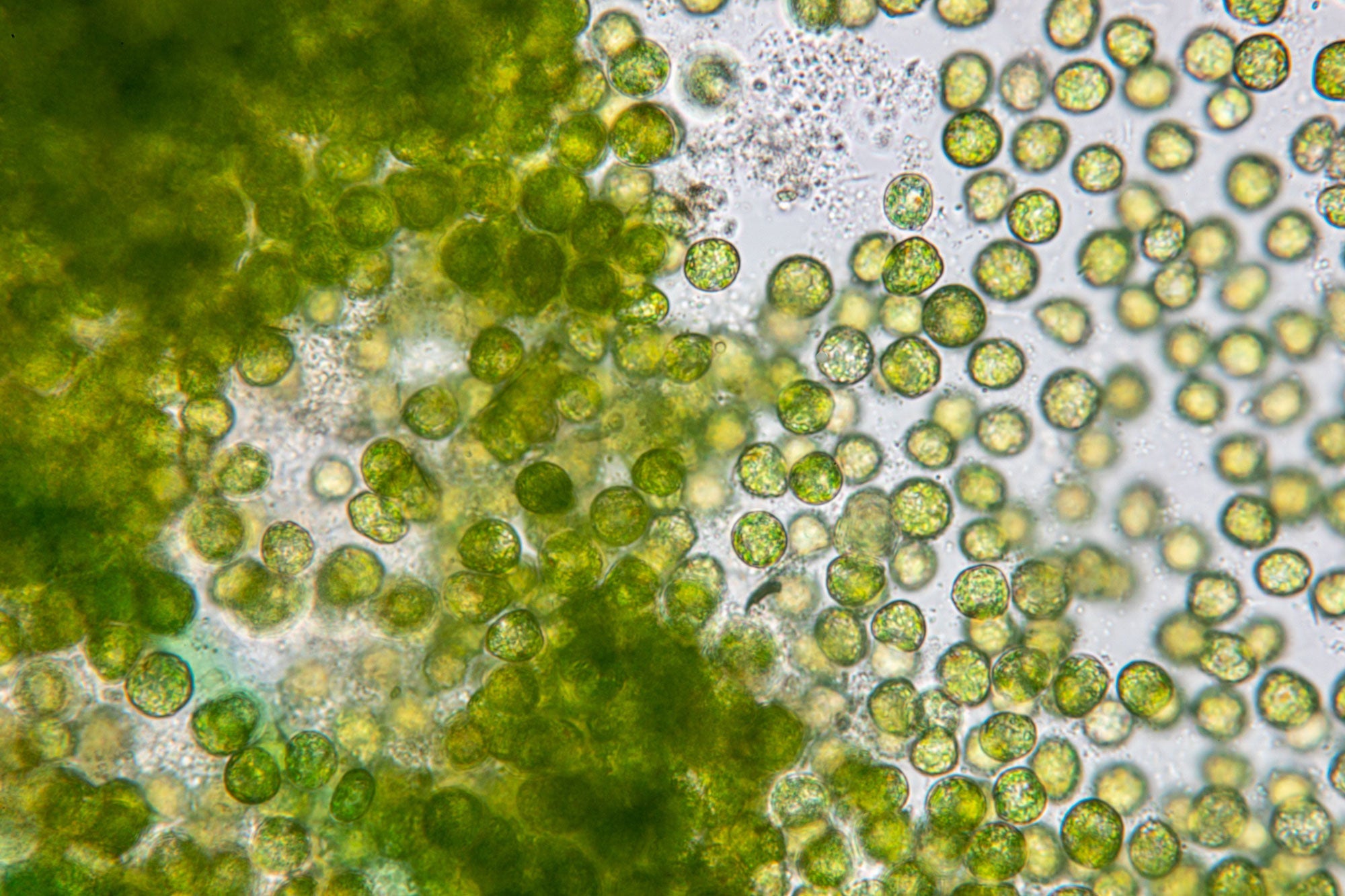Microplastic pollution is a complex and pervasive environmental issue, affecting ecosystems, wildlife, and potentially human health. Tackling this problem requires a multifaceted approach, with shared responsibility between consumers and businesses. In this blog post, we will discuss the roles that both parties can play in addressing microplastic pollution and highlight practical steps that can be taken to reduce microplastics and support a sustainable future.
The Role of Consumers
Consumers can make a significant impact on microplastic pollution by making informed choices and adopting more sustainable practices. Here are some practical steps consumers can take:-
Support microplastic-free products: Choose products with a Microplastic-Free certification, ensuring that they do not contribute to microplastic pollution.
-
Reduce plastic usage: Opt for reusable alternatives to single-use plastic items, such as grocery bags, water bottles, and food containers.
-
Choose natural fiber textiles: Synthetic textiles can release microfibers during washing. Select clothing and textiles made from natural fibers, like cotton, linen, and hemp.
-
Dispose of waste responsibly: Properly recycle plastics and other waste materials to minimize the risk of litter entering the environment.
-
Spread awareness: Share information about microplastic pollution and encourage friends and family to make more sustainable choices.
The Role of Businesses
Businesses have a vital role to play in addressing microplastic pollution through innovation, responsible product design, and corporate social responsibility. Here are some ways businesses can contribute:
-
Develop and promote microplastic-free products: Innovate and invest in the development of products that do not contribute to microplastic pollution. Obtain Microplastic-Free certification to demonstrate commitment to sustainability.
-
Use eco-friendly packaging: Opt for biodegradable or recyclable packaging materials, and consider using packaging made from bioassimilable materials like PHA.
-
Implement sustainable supply chain practices: Work with suppliers who share a commitment to reducing microplastic pollution and adopt more sustainable materials and manufacturing processes.
-
Educate consumers: Provide information about the environmental impacts of products and their disposal, and encourage consumers to choose sustainable options.
-
Engage in corporate social responsibility initiatives: Participate in and support projects aimed at reducing plastic pollution, such as beach cleanups, educational programs, and plastic recycling initiatives.


Leave a comment
This site is protected by hCaptcha and the hCaptcha Privacy Policy and Terms of Service apply.